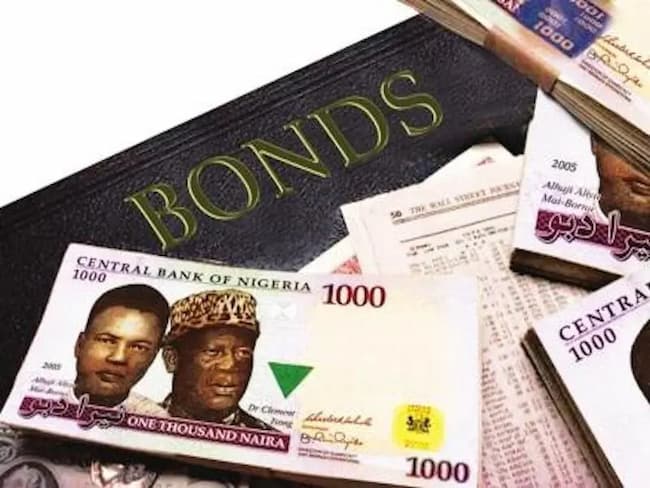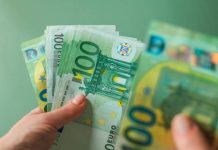The National Bureau of Statistics (NBS) recently published a publication that meticulously details the state of poverty in Africa’s heart.
The National Bureau of Statistics (NBS) used a metric system known as the Multidimensional Poverty Index (MPI) to measure poverty in each state. The MPI is determined by four key indicators: health, education, living standards, work, and shocks.
The information for this report was gathered through a survey that gathered over 50000 responses from a carefully crafted questionnaire across the country.
As a result, given the new context and national priorities, the Nigeria MPI (2022) survey questionnaire included additional variables such as food security, water reliability, underemployment, security shocks, school lag, and child deprivation.
Some of the report’s more general findings include the overall percentage of people who are multidimensionally poor, which stands at 63% out of 133 million people.
“The Nigeria MPI is 0.257, showing that poor people in Nigeria experience just over one-quarter of all possible deprivations. The value ranges from 0 to 1, with 0 reflecting zero poverty and 1 universal poverty and deprivation.”

The report also said, “72% of people are poor, compared to 42% of people in urban areas. Approximately 70% of Nigeria’s population live in rural areas, yet these areas are home to 80% of poor people; the intensity of rural poverty is also higher: 42% in rural areas compared to 37% in urban areas.”
Nigeria’s 10 poorest states, and their MPIs
- Sokoto: 0.409
- Bayelsa: 0.401
- Jigawa: 0.385
- Kebbi: 0.385
- Gombe: 0.380
- Yobe: 0.370
- Plateau: 0.365
- Taraba: 0.340
- Zamfara: 0.328
- Ebonyi: 0.320














